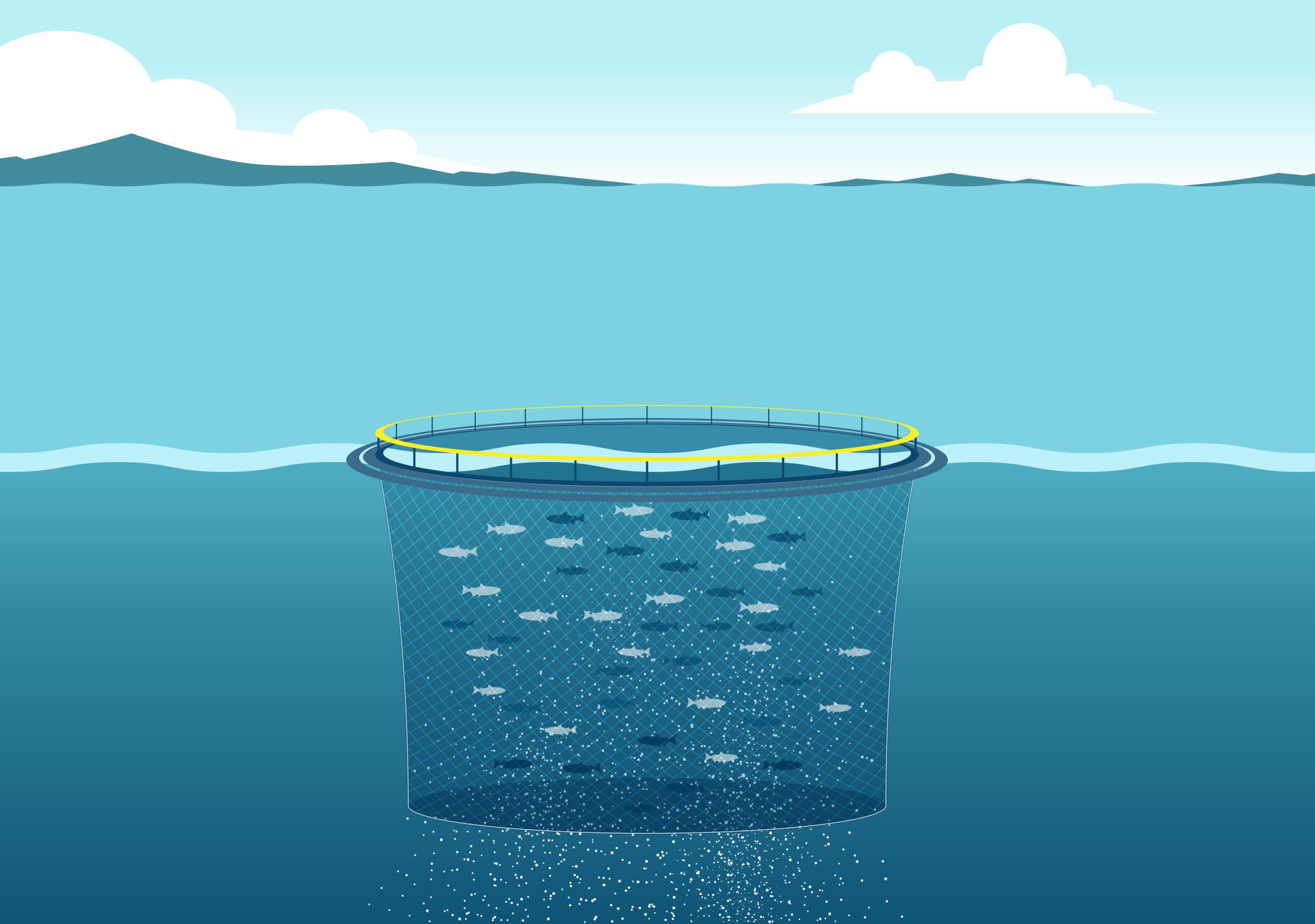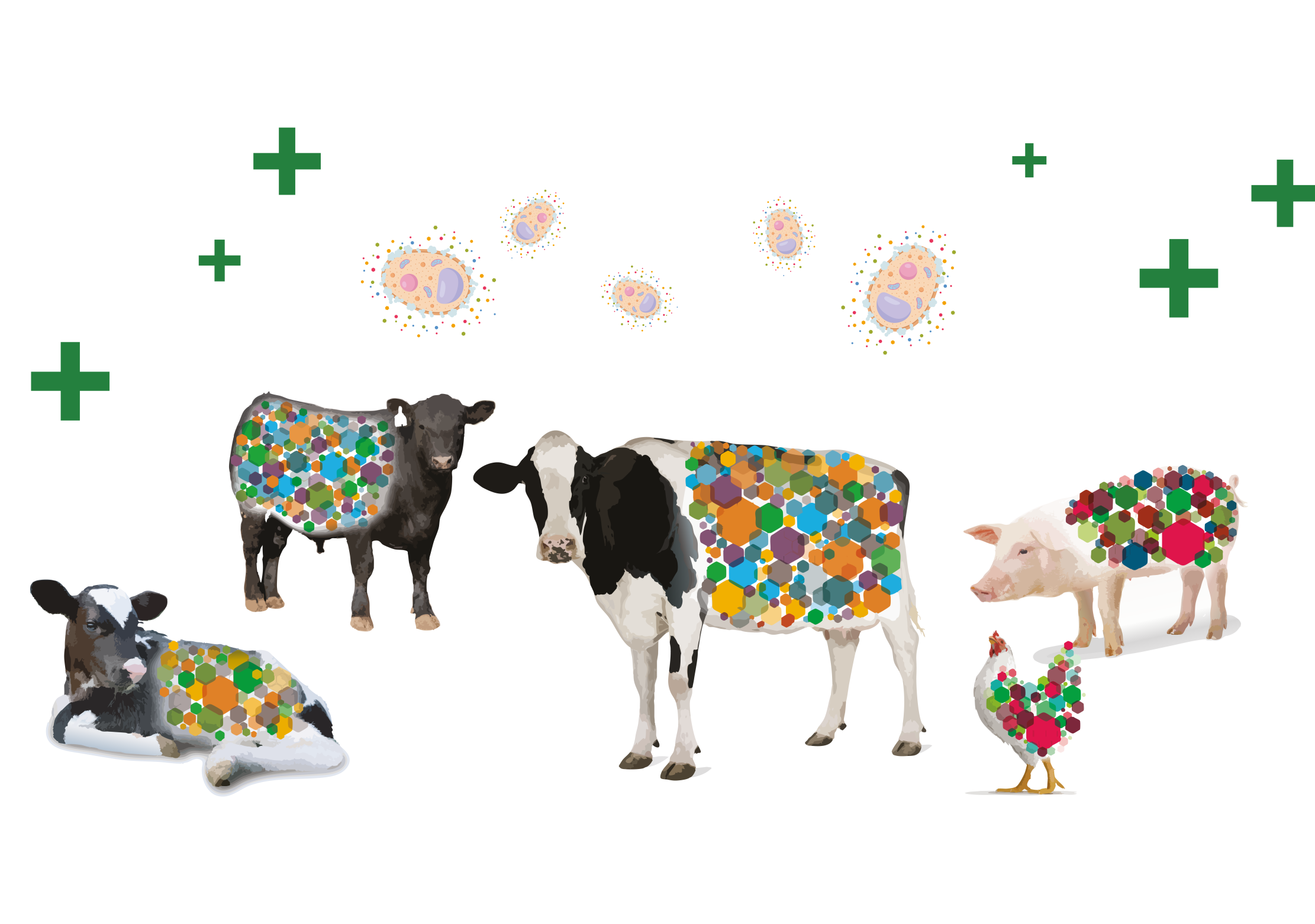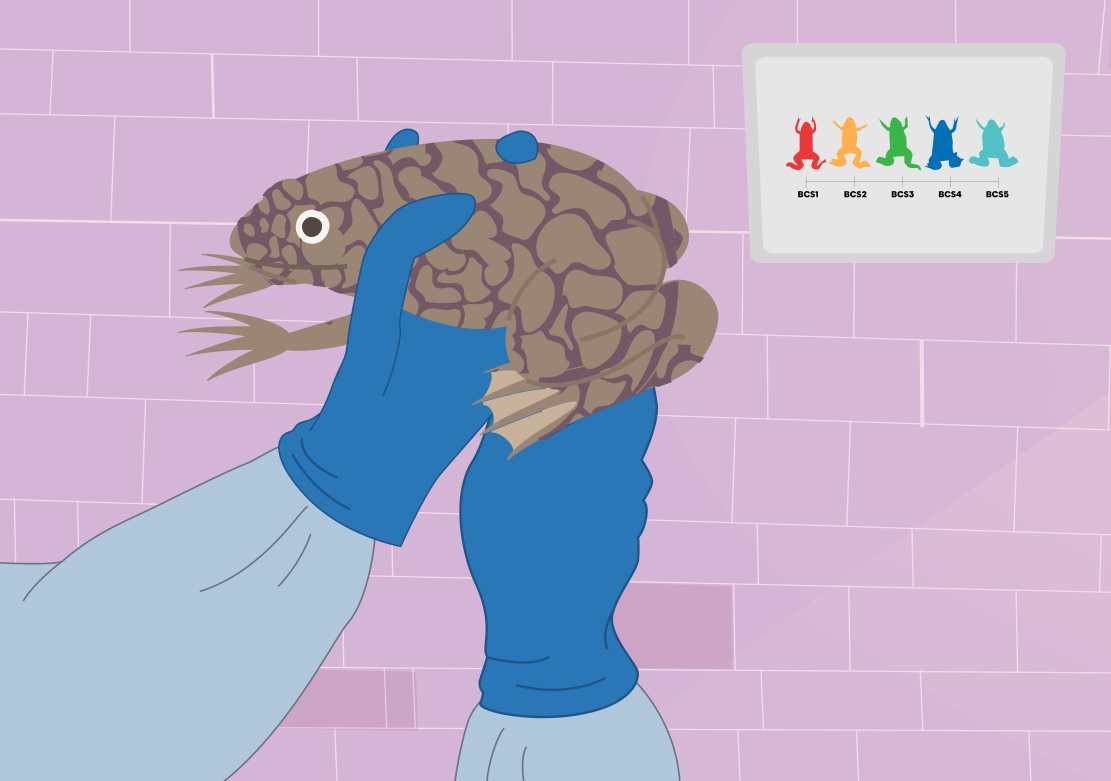Yes, the clock is ticking away relentlessly! And yet today we live in an era when some philosophers claim that Time is merely an illusion. And certainly, many people casually dismiss all historical understanding as irrelevant. However, it’s time to rethink! We need to understand humanity’s place in time and space. And that’s particularly vital for addressing contemporary crises, especially climate change, which demands collective action based on both historical and scientific insights. Professor Penelope Corfield at Royal Holloway, University of London, has written a new book called Time-Space: We Are All in It Together. It offers a ground-breaking interdisciplinary exploration of how humans exist within the cosmic dimensions of Time and Space. Read More
Drawing on biology, physics, astronomy, geography, and history, Corfield’s book presents a fresh approach to understanding our collective history within the cosmos. She challenges common misconceptions. And she offers insights into how humans can best navigate their existence. Her writing style is lively and accessible. Time does not have to be mysterious.
In Part One, ‘Walking on Earth’, Corfield stresses that all lives are rooted in Time and Space. After all, Time is the pulse-beat of the entire cosmos, embracing the animate and inanimate alike. Humans are all ‘living histories’. They inherit massive legacies from the past, including languages, technologies, cultural traditions, and genetic blueprints. This inheritance provides what Corfield describes as ‘sheet-anchoring’ – a secure sense of rootedness that allows humans to navigate their lives on Planet Earth.
Contrary to Henry Ford’s dismissive claim that ‘history is bunk’, Corfield shows that knowledge of the past is essential for both present living and future survival. Studying the past is not optional but basic.
Human beings certainly live and experience life in a series of present moments. But they simultaneously plan ahead for the future and learn from the past. Each generation passes this know-how on to the next, which augments (and sometimes corrects) it and then passes it on, in its turn.
Discussing human sexuality specifically, Corfield notes how all individual bodies ‘tell the Time’: through early growth, through puberty, through the capacity for reproduction, through the menopause in the case of women, through to ageing and eventual death. This inexorable sequence conveys an intimate lesson that temporality has an ‘insidious power to give – and to take away’.
Meanwhile, human memory provides people with crucial personal footholds in time. In that way, healthy individuals can sustain a sense of personal identity through Time. Of course, it’s well known that human memory is far from infallible. For that reason, communities have developed strategies to offset memory’s weaknesses through shared knowledge, written records, and commemorative practices.
Time-bound humans need to know about their past; and collectively, they have studied and debated to create secure knowledge. Needless to say, humans don’t know everything, but together they have learned a lot.
For example, we now know about humanity’s own cosmic origins. Human bodies contain trace elements formed in ancient stellar explosions, locating all individuals within the deep history of the cosmos. Physically, people cannot travel outside their own immediate moment in Time and Space. Yet mentally – and imaginatively too – they can explore the entire cosmos and its history. So, while the cosmic clock ticks on, humans look around them and learn.
In part Two, ‘Scanning the Stars’, Corfield delves deeper into the fundamental nature of Time and Space. She draws particularly upon Einstein’s relativity theory here. Time and Space are not separate entities. Instead, they form an interlinked continuum. That core conjunction of Time and Space gives the cosmos its fundamental stability. Places don’t randomly jump around in Time, just as Time itself does not suddenly leap backward or forward in one place whilst ticking steadily in other. This cosmic framework is known today as ‘Space-Time’ by many scientists. But Corfield urges that ‘Time-Space’ is more logical. Time, the great dynamo, should come first. Space, its physical manifestation, then follows.
The crucial importance of Time means that it’s vital to study its key characteristics. Just as space has three dimensions, which lock together seamlessly, Time the dynamo has its own dimensions or characteristics. One is deep continuity, which is sometimes under-estimated – but which remains vital. Continuity just continues unchangingly – and provides ballast for the whole system. Time is thus always Time, as long as this cosmos exists.
Simultaneously, however, Time also unfolds steadily from day to day. So, another of its key characteristics is gradual, incremental change. That provides elasticity within the system, allowing it to update steadily. Plentiful examples on Planet Earth demonstrate the power of gradualism such as evolutionary biology; slow incremental changes in languages; and long-term developments within human communities, like the spread of literacy.
A third characteristic of Time is a capacity for sudden, discontinuous, explosive change. The Big Bang that launched this cosmos is the classic example here. But there are also plentiful cases of less major but still dramatic upheavals within the physical world and within human societies too. Yet these cases of sometimes extreme turbulence are part of the interlocking whole. Time’s three great characteristics therefore mean that turbulence is generally absorbed within the system by the interlinking impact of continuity and slow change. Time is thus dynamic but not chaotic.
At this point, Corfield pauses to consider arguments from a few cultural philosophers that the unfolding of Time is merely an illusion, and that there is nothing but separate moments. She entirely rejects that point of view. If Time were truly fragmented, then everything else, including humans, would be in fragments too. But life unfolds within a dynamic cosmic system that is both ordered and ever-changing. That is what can be heard in the ticking of the clock: it’s dynamically changing all the time but it’s still unchangeably there!
Lastly, then in Part Three of this ambitious book, Corfield explores how humans map and understand their collective journey through Time-Space. Humans are both a clever and a tricky species. They can thus generate plausible misinformation, alongside genuine knowledge. Many people from time to time speak ‘polite lies’ and a smaller proportion consciously plan to deceive and to trick others.
Yet, at the same time, humans have countervailing strategies. They create communal knowledge. They rely upon shared frameworks, like known names for people and places; established calendars; and visible monuments. Shared reference-points can be challenged and changed. In general, however, enough survive to provide continuity. Imagine how impossible life would be if every name of every person, place and physical object was changed randomly on a daily basis. Huh? Humans rely upon a tolerably stable framework to interact successfully together.
The next chapters address the dual human capacities for conflict and cooperation. Corfield examines the gamut of human combativeness: from personal friction to organised warfare. Yet, again, while humans have a notable capacity for violence, they also strive to control it through religious teachings, legal systems, international conventions, and community cohesion.
In all, then, there is a countervailing tendency toward cooperation. Humanity has not become the most powerful species on Planet Earth without being able to work together. Despite conflicts (which alas still continue), humans also have a notable resilience and a capacity for reconciliation. Specifically, too, over the last 300 years, there has been a marked growth of international organisations – both inter-governmental and non-governmental. These are providing the basis for an enhanced world-wide solidarity, or a new global civics. A human version of working to hold turbulence within bounds!
Throughout the human struggle to survive successfully within Time-Space, gaining and sharing reliable knowledge is absolutely vital. That applies to scientific knowhow – and to the collective understanding of humans and of human history. Thus, while historical fiction of all kinds is great for stimulating the imagination, it should never be confused with factual historical research – which requires testing evidence, exposing biases, and drawing reasoned conclusions.
Finally, the book calls for urgent action to address current challenges, particularly climate change. Humans rely uniquely upon a habitable Planet Earth. An experience of extreme turbulence for humanity is fast approaching. But humans can study the invariant laws of physics to find a solution. And, if all individuals work together – and if they believe that the effort is being shared fairly – they can make many small changes that will cumulatively avert catastrophe. So, Corfield calls for ‘a collective optimism of the will, a pragmatic intelligence to find the best solutions, and a global solidarity to implement all necessary changes both rapidly and fairly.’ No dilly-dallying! Time-Space! We are all in it together! And the clock is ticking.







